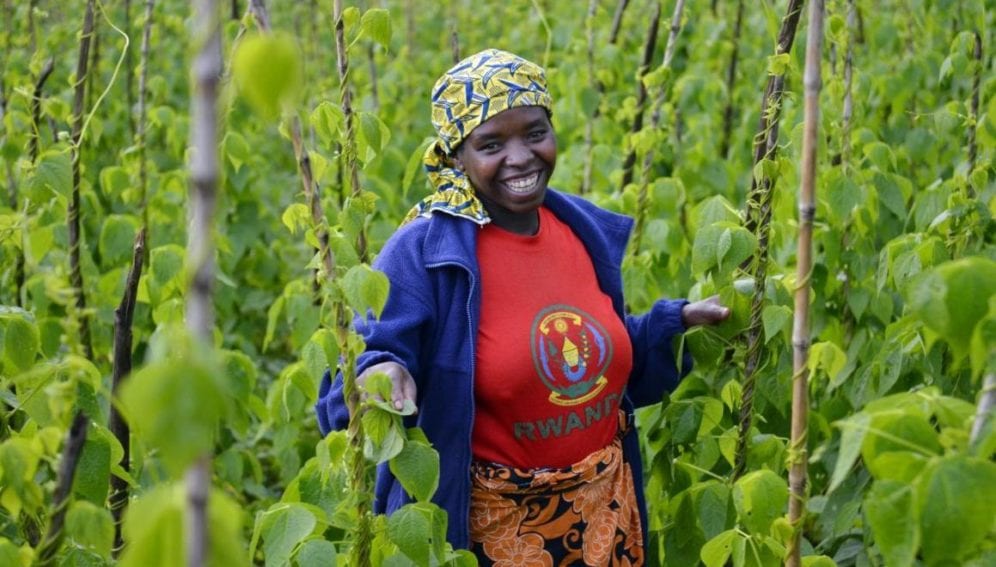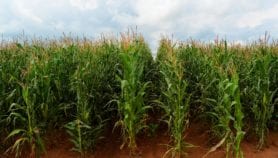By: Sam Otieno
Send to a friend
The details you provide on this page will not be used to send unsolicited email, and will not be sold to a 3rd party. See privacy policy.
Researchers have developed 30 new types of heat-resistant beans that are expected to withstand effects of climate change, thus protecting the staple crop for millions of users in Africa and Latin America.
The CGIAR says that nearly 400 million people whose livelihoods and nutrition are dependent on beans could suffer from decreased production of the crop.
Rising temperatures could disrupt bean production in African countries such as Democratic Republic of Congo, Kenya, Malawi, Tanzania and Uganda in addition to countries in Latin America including Brazil, Haiti, Honduras and Nicaragua, according to the CGIAR, which selected the new lines.
“We decided to respond to news from climate modellers that common bean would suffer serious loss in suitable planting area if we did not address the issue.”
Steve Beebe, The CGIAR’s International Center for Tropical Agriculture
The CGIAR announced last month (25 March) of the discovery — commonly referred to as lines by plant breeders — during a development conference organised by the German government in Addis Ababa, Ethiopia.
Steve Beebe, a senior beans breeder based at the CGIAR’s International Center for Tropical Agriculture in Cali, Colombia, says crosses of common bean and tepary bean that resulted in these types were started more than 15 years ago.
“Tepary bean has many interesting traits — drought tolerance, heat tolerance, nitrogen use efficiency, [and] insect resistance — but no specific attention was directed towards heat tolerance until a couple of years ago when we decided to respond to news from climate modellers that common bean would suffer serious loss in suitable planting area if we did not address the issue,” he tells SciDev.Net.
Climate modellers, according to Beebe, noted that if researchers failed to act, 50 per cent of bean production areas could be lost to high temperatures by 2050.
Beebe explains that the new lines were developed by conventional breeding methods of cross-pollination in Colombia, with the added task of excising the developing embryo from the young pod and culturing it in the laboratory.
A statement from the CGIAR notes that the 30 were selected by testing more than 1,000 bean lines, and that they can increase yields at night-time temperatures above 22 degrees Celsius although normally temperatures beyond 18 or 19 degrees Celsius reduce bean yields.
John Onditi, a plant breeder with the Kenya Agricultural and Livestock Research Organization, says beans are an important component of African diet, and there is a need for more of this nutritious crop, especially for children.
“Growing up in western part of Kenya, I used to see my mother and other neighbouring peasant farmers intercrop beans with every major staple crop such as maize. Now as an African plant breeder, I know this better and will push for more of this nutritious crop,” Onditi states.
He adds that plant breeders now have access to new genomic tools that can unlock the potential of the genebanks' vast genetic diversity by probing nearly 750,000 samples of important crop types such as cereals, legumes, roots and tubers.
Onditi notes that the new lines could provide a sustainable and cost-effective way to combat hidden hunger, caused by diets low in key vitamins and minerals, if conventional methods are used to introduce such essential nutrients into them.
This article has been produced by SciDev.Net's Sub-Saharan Africa desk.














